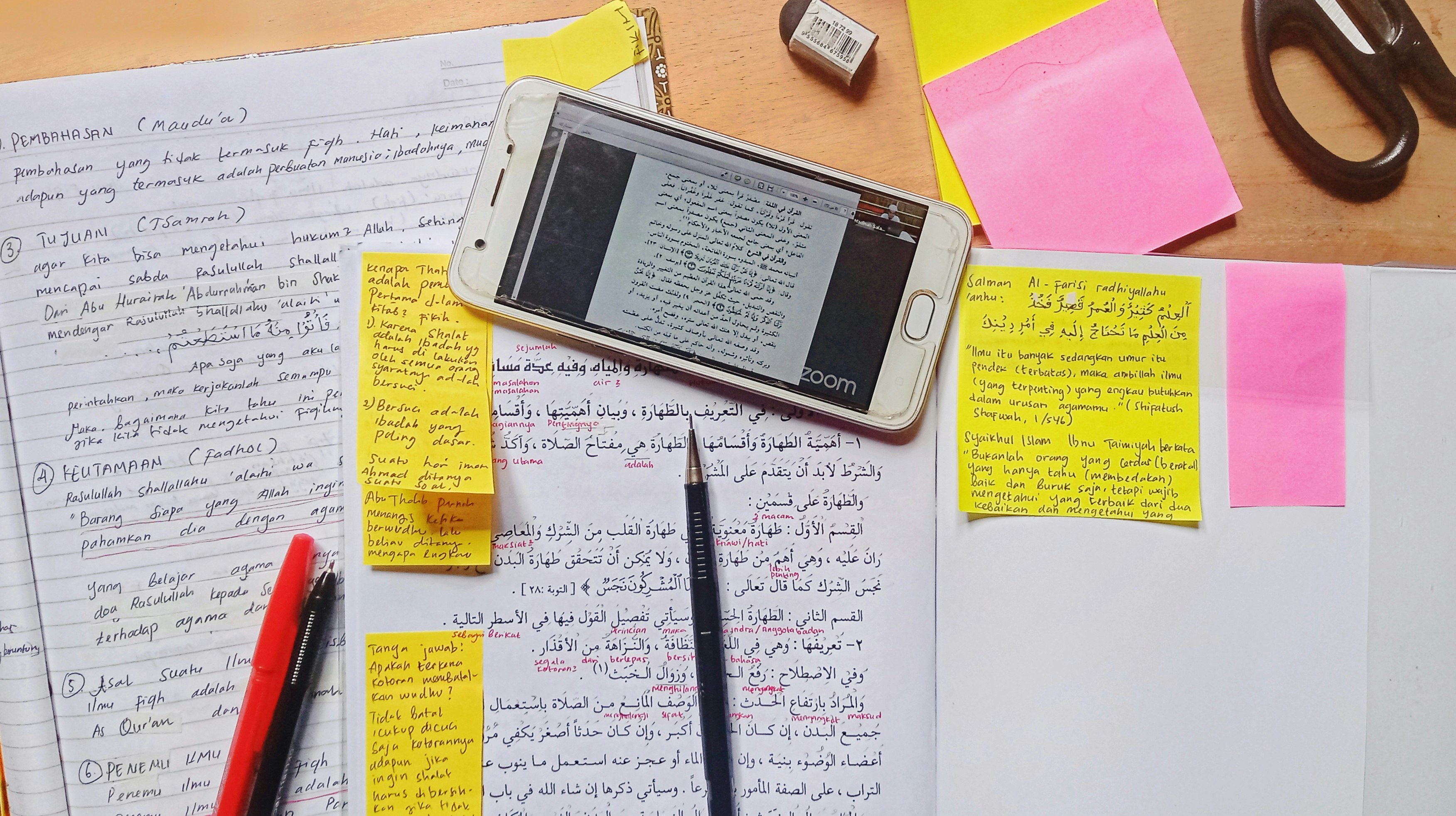What is an Essay?
Unlike works like novels or screenplays, essays have a much looser definition. In simplistic terms, essays are pieces of writing that can be used to convey ideas, propose arguments, or express personal emotion or experience. These can be done through multiple kinds of essays; both formal and informal.
Writing an essay, despite the type or style, does require significant planning, drafting, and re-drafting. To better understand what exactly an essay is and the different types of essays that writers can explore, here is what you need to know.

What is an Essay?
An essay is, generally, a focused work of writing that puts forth an author's main argument and supporting arguments, or aims to convey information about a certain subject. However, the definition of an essay remains hazy. Letters, articles, blogs, academic papers, speeches and a handful more written works can also be considered to be essays. It can, therefore, be simplistically understood to be a short piece of writing on any particular topic or subject.
Essays, can be classified into two overarching categories; informal and formal essays. These two broader categories subsume multiple forms of written works such as those mentioned above. Formal essays can have more structure and organization, use more formal language, and have a clearly defined purpose. Informal essays usually have a personal tone, be thematically motivated, reflect individual experiences or anecdotes, and use less structured language. With respect to these two categories, essays can be either analytical, or be literary compositions that address a given subject.
General Elements of an Essay
This basic essay format can be used in the preliminary stages of writing your essay. But most essay types require some flexibility. The topic and specific essay type would most definitely guide your writing, structure, and overall organization. While multiple essay types may not necessarily follow this, or a fixed structure, the following elements are present in most essay types :
Introduction
Getting started on the introduction of an essay is arguably one of the trickiest parts of an essay. An introduction makes up about 10% of your essay. While essay introductions for different essay types will ultimately look different, depending on the style, tone and the subject matter it is addressing, they are used to prime and prepare, and capture the attention of readers enough to keep them flipping or reading.
Keeping in mind the tone and style of of your essay, there are multiple ways to open your work; by sharing a shocking fact, by posing a rhetorical question, by using a relevant quote, or even stating your thesis statements upfront. These tools grab the attention of your readers in different ways.
Main body
There is fixed number of paragraphs that should be included in the body of an essay. Writers can use as many paragraphs as they wish, as long as thy are able to logically and coherently developed their arguments or points through these paragraphs. This generally varies between 3 to 5 body paragraphs. However many the paragraphs, the crux of your argument or main points should be well-explicated within these paragraphs.
As a general rule for academic books, papers, or scholarly journals, you can utilize one body paragraph to address one key idea, and follow that with relevant examples, research, and evidence as justification.
Conclusion
Your conclusion should ideally summarize or reiterate the main ideas of points that you have brought up and discussed in your work. The specific elements of a conclusion vary from one written work to another; especially between formats such as descriptive essays and argumentative essays. But apart from summarizing your main points, you can add more weight to your concluding sections by choosing to address a larger, more broader significance of your subject matter, raise more questions for your readers to think about and reflect upon, or even bring up possible future essays that you more explore in relation to the one at hand.

Types of Essays
Generally, argumentative or expository essays aim to present clear points and convey information about those points, while descriptive and narrative essays take on a more creative and literary approach.
-
Argumentative - Argumentative essays present an extensive arguments that are backed up by and justified through sound evidence t. It is built upon a thesis statement, a stand you take with your main argument. The essay them aims to convince readers of this thesis through the evidence, and the analysis that follows, presented.
-
Expository - Expository essays generally aim to provide a clear, succinct explanation of a chosen subject. These essays do not present arguments but rather a well-structured explication of a subject. Such essays include an introduction with general background information, the main body of the essay with in-depth details, and a conclusion that wraps up and summarizes all the information that was presented.
-
Descriptive - Descriptive essays are used to describe something in a detailed, sensory, all-encompassing fashion. It can be used to describe an object, a person, a situation, a place etc. These essays are often written accounts of experiences that people have, are more creative in nature compared to academic or other formal essay types, but less story-based in comparison to narrative essays.
-
Narrative - Narrative essay take their readers through a story. This storyline can be built upon personal experiences, or be completely imaginative. These essays are more engaging, personal, and creative. While it is personal and creative, they still do adhere to some form of structure and is well-organized.
Photo by Super Snapper on Unsplash
-
Comparative - Comparative essays are used to judge or measure two or more given subjects in related to their similarities and differences between each other. These subjects can be people, things, places, theories, historical events etc. These subjects also can be vastly different from each other or have some degree of relation or similarity, and these would be delved into in more detail in comparative essays.
-
Persuasive - Persuasive essay are argumentative in nature as well, but these essays aim to get get readers to agree with the point of view of the writer. Instead of presenting a balanced view with both sides of an argument, this essay would present points, arguments and research that would ideally sway the readers to a side.
-
Critical - Critical essays are formal, academic-style pieces of writing that of academic writing that interpret, analyze, evaluate and conclude about claims that are made about a particular topic, idea or theme. These essays, similar to argumentative essays, bank on research from primary and secondary sources as well.
-
Reviews - Review articles, also commonly referred to as literature reviews, presents a summary and survey of research that has been published about a topic previously. While it is overview and does not delve into great detail about research results or present new experiment or research results, it provides a robust summary of the current findings and understanding about the given subject matter.
-
Summaries - Summaries are brief statements or reiterations of the main points that have been presented in a piece of writing. Summaries can be found in concluding paragraphs in many types of written works such as research papers, movie reviews, or novels. especially as a conclusion to a work.
Photo by Hannah Olinger on Unsplash
While essays do have much looser definition in comparison to other kind of written works, there are stages that writers do indeed need to go through in order to present a well-written essay, despite the type and format that they choose to embark on. The structure and organization varies from one essay type to another, but churning out coherent and robust written work requires significant time and energy across all essay forms.